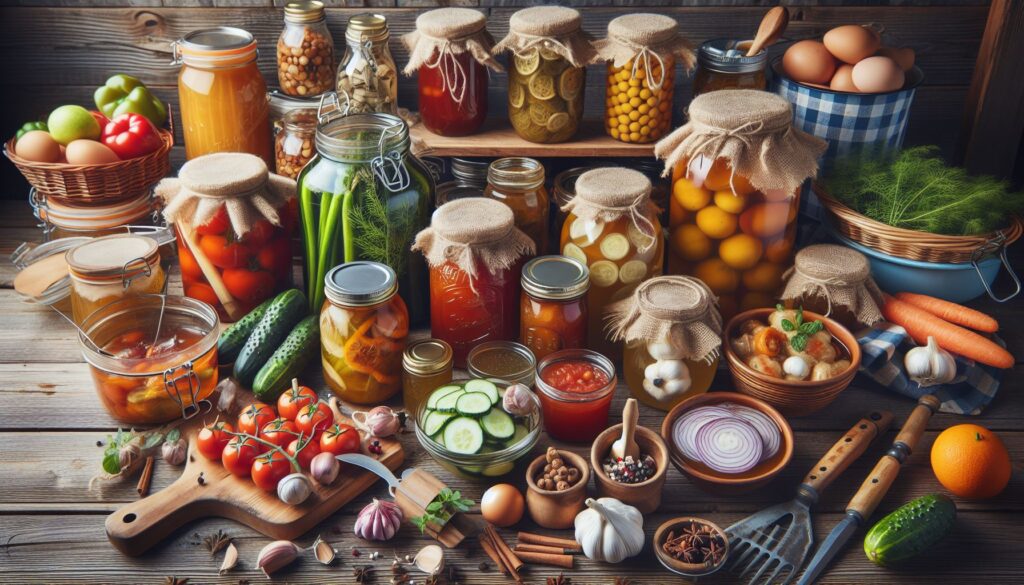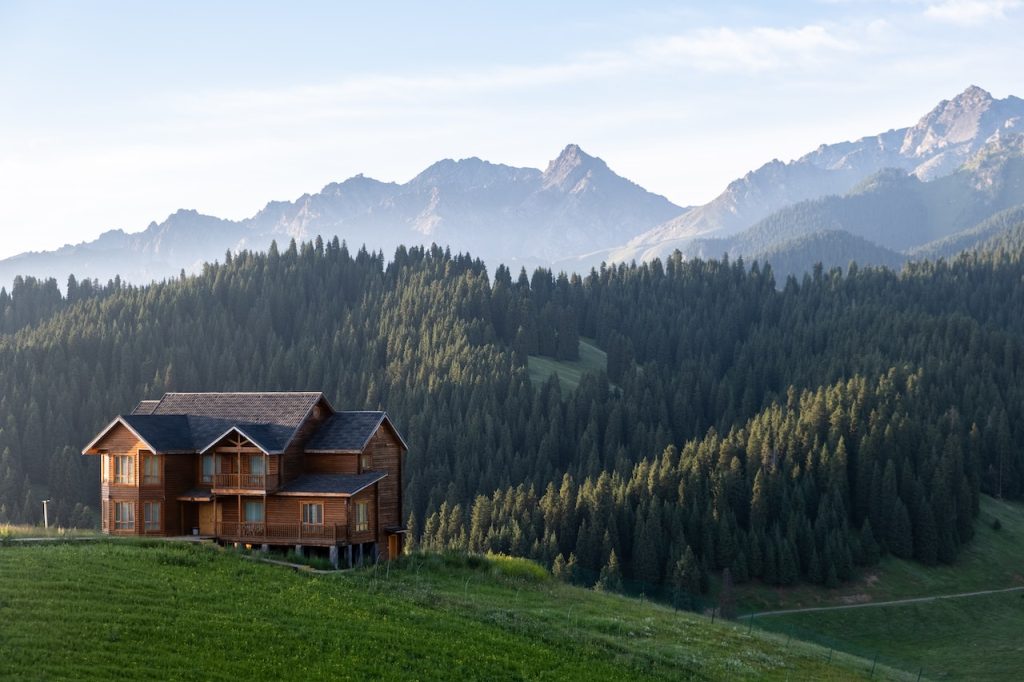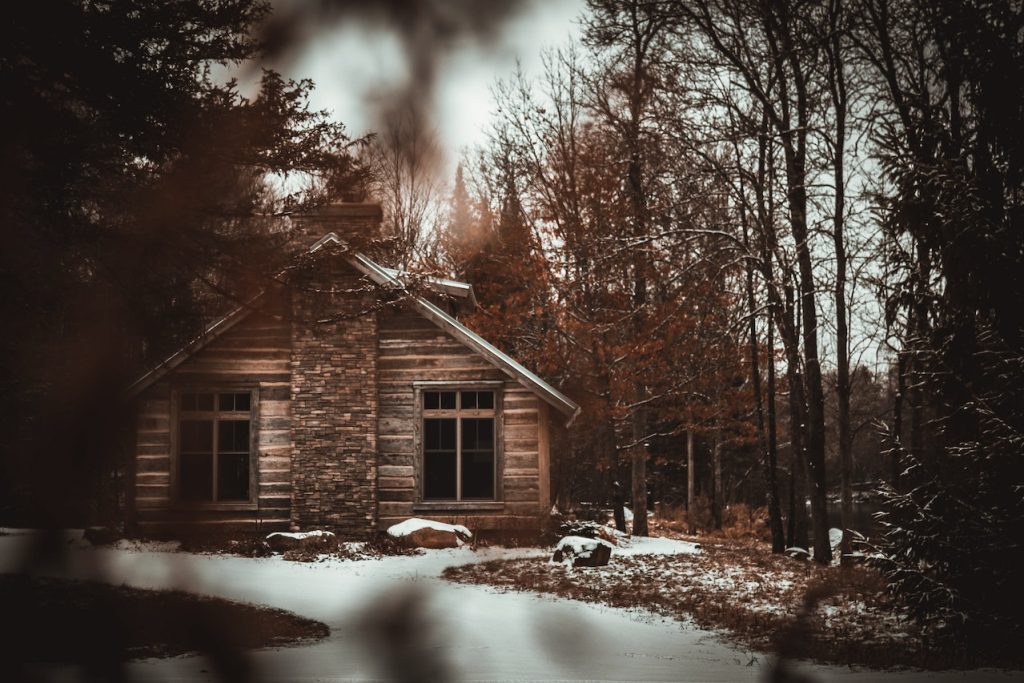Living off the grid requires a certain level of self-sufficiency, and one of the most important aspects of this is food preservation. Canning is a time-tested method of preserving food that can be a game-changer for those living off the grid. This blog post will provide a comprehensive guide on canning and preserving foods for off-grid living.
Introduction to Canning
Canning is a method of preserving food by processing and sealing it in airtight containers. This method extends the shelf life of food, making it a perfect solution for off-grid living where access to fresh food may be limited.
Don’t forget some quality canning supplies!
Types of Canning
There are two main types of canning: water bath canning and pressure canning.
- Water Bath Canning: This method is ideal for high-acid foods like fruits, jams, jellies, pickles, and salsas. The jars of food are placed in a large pot of boiling water and heated for a specific amount of time to kill bacteria, yeasts, and molds.
- Pressure Canning: This method is used for low-acid foods like vegetables, meats, poultry, and seafood. The jars are placed in a pressure canner, a special pot that can reach higher temperatures than boiling water, effectively killing harmful bacteria like botulism.
Step-by-Step Guide to Canning
Here’s a basic step-by-step guide to canning:
- Preparation: Gather all your canning supplies including jars, lids, bands, canner, and utensils. Make sure everything is clean and sterilized.
- Filling the Jars: Fill the jars with the food you want to preserve, leaving the appropriate headspace. Wipe the rim of the jar to ensure a good seal.
- Sealing the Jars: Place a lid on each jar and screw on the band until it’s finger-tight.
- Processing: Place the jars in the canner. If you’re water bath canning, the water should cover the jars by 1-2 inches. If you’re pressure canning, you’ll need to follow the manufacturer’s instructions for your specific canner.
- Cooling and Storage: Once the jars have been processed and cooled, check the seals to make sure they’re tight. Store the jars in a cool, dark place.
Safety Tips for Canning
Canning is a safe process if done correctly. Here are some safety tips:
- Always use fresh, high-quality foods for canning.
- Follow the processing times for each type of food. Under-processing can lead to spoilage or foodborne illness.
- Check the seals on your jars before storing them. If a jar didn’t seal correctly, refrigerate it and use it within a few days.
- Store canned goods in a cool, dark place. High temperatures can degrade the quality of the food and the seal on the jars.
Conclusion
Canning is a valuable skill for anyone living off the grid. It allows you to preserve the bounty of the growing season and enjoy homegrown food all year round. With a little practice, you can become proficient at canning and ensure a steady supply of nutritious, preserved foods for your off-grid lifestyle.



